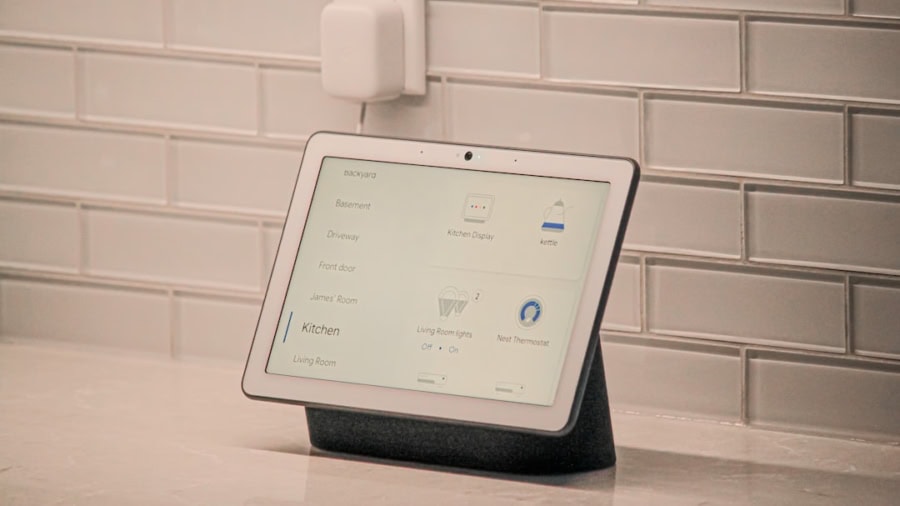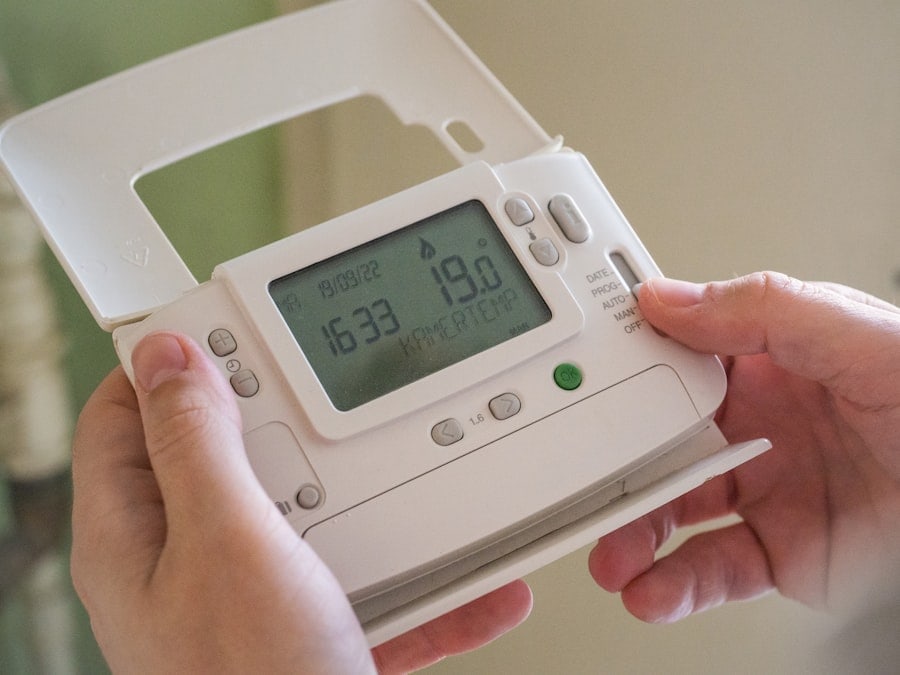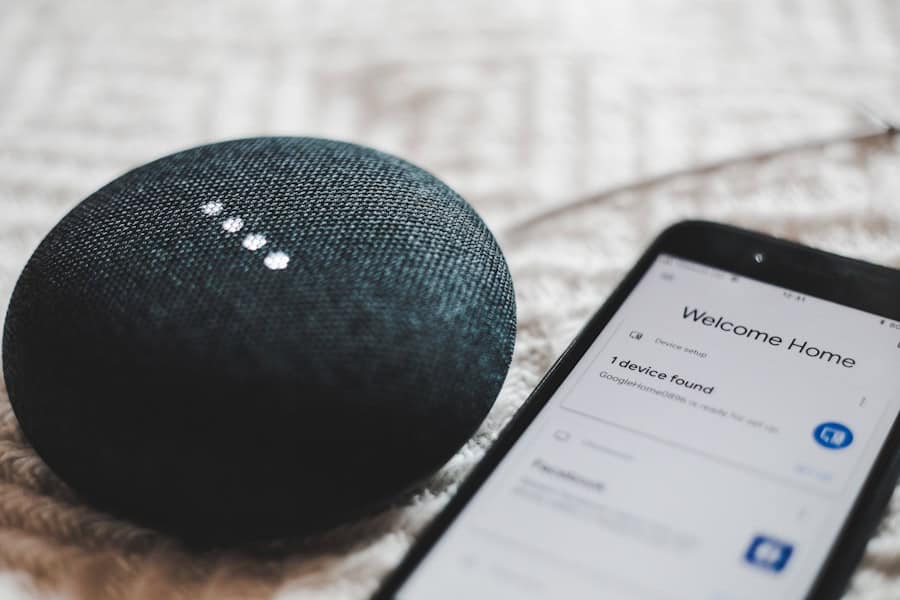Understanding user behavior patterns is a critical aspect of designing effective systems and applications that cater to individual needs. User behavior encompasses a wide range of activities, including how users interact with technology, their preferences, and their routines. By analyzing these behaviors, developers can create more intuitive interfaces and functionalities that resonate with users.
For instance, in smart home technology, understanding when users typically adjust their thermostats or turn on lights can lead to the development of systems that anticipate these actions, thereby enhancing user experience and energy efficiency. Behavioral analysis often employs various methodologies, including data mining and machine learning algorithms, to identify trends and preferences. For example, a smart thermostat might learn that a user tends to lower the temperature in the evening and automatically adjust settings accordingly.
This not only saves energy but also provides a seamless experience for the user. Furthermore, understanding user behavior can help in segmenting users into different categories based on their habits, allowing for targeted marketing strategies and personalized recommendations that align with their specific needs.
Key Takeaways
- User behavior patterns provide valuable insights for personalized automation
- Learning from user habits helps in creating more effective and efficient automation
- Predictive analysis can anticipate user needs and adjust automation accordingly
- Adaptive energy management optimizes energy usage based on user behavior
- Security and safety measures are essential for protecting user data and privacy
- Customizable settings allow users to tailor automation to their specific preferences
- Integration with other devices enhances the overall automation experience
Personalized Automation
Personalized automation refers to the ability of systems to adapt and respond to individual user preferences and behaviors. This concept is particularly prevalent in smart home devices, where automation can significantly enhance convenience and efficiency. For instance, a smart lighting system can be programmed to adjust brightness levels based on the time of day or the presence of individuals in a room.
By utilizing sensors and user data, these systems can create an environment that feels tailored to each user’s lifestyle. Moreover, personalized automation extends beyond simple adjustments; it can also involve complex routines that integrate multiple devices. For example, a user might set up a morning routine where the coffee maker starts brewing as soon as the alarm goes off, the thermostat adjusts to a comfortable temperature, and the blinds open to let in natural light.
This level of automation not only simplifies daily tasks but also enhances the overall quality of life by allowing users to focus on more important activities rather than mundane chores.
Learning from User Habits
The ability of systems to learn from user habits is a cornerstone of modern technology, particularly in artificial intelligence and machine learning applications. By continuously monitoring user interactions, these systems can adapt over time, becoming more efficient and effective in meeting user needs. For instance, music streaming services like Spotify utilize algorithms that analyze listening habits to curate personalized playlists.
By recognizing patterns in what users listen to most frequently, these platforms can suggest new songs or artists that align with their tastes. In addition to entertainment applications, learning from user habits is also crucial in productivity tools. For example, project management software can analyze how users allocate their time across different tasks and suggest optimizations based on historical data.
If a user consistently spends more time on certain types of projects, the software might recommend prioritizing similar tasks or provide insights into potential bottlenecks. This adaptive learning process not only enhances user satisfaction but also drives efficiency by aligning tools with actual usage patterns.
Predictive Analysis
Predictive analysis involves using historical data and statistical algorithms to forecast future outcomes based on current trends. In the context of user behavior, predictive analysis can provide valuable insights into how users are likely to interact with products or services in the future. For instance, e-commerce platforms often employ predictive analytics to anticipate customer purchasing behavior.
By analyzing past purchases, browsing history, and demographic information, these platforms can recommend products that users are likely to buy, thereby increasing conversion rates. In smart home technology, predictive analysis can enhance energy management by forecasting usage patterns based on historical data. For example, if a household typically uses more energy during certain months due to heating or cooling needs, predictive algorithms can suggest optimal settings or alert users when they are likely to exceed their energy budget.
This proactive approach not only helps users save money but also contributes to more sustainable energy consumption practices.
Adaptive Energy Management
Adaptive energy management systems leverage real-time data and user behavior patterns to optimize energy consumption in homes and businesses. These systems can adjust energy usage based on factors such as occupancy levels, time of day, and even weather conditions.
Moreover, adaptive energy management can integrate with renewable energy sources such as solar panels. By analyzing energy production data alongside consumption patterns, these systems can determine the best times to use stored energy or draw from the grid. This not only maximizes the use of renewable resources but also reduces reliance on non-renewable energy sources during peak demand times.
As a result, users benefit from lower energy bills while contributing to a more sustainable future.
Security and Safety Measures
Protecting Sensitive Information
As devices become increasingly interconnected, the potential for cyber threats also rises. Therefore, implementing robust security protocols is essential for safeguarding sensitive information.
This ensures that only authorized individuals can access and control these devices.
Enhancing User Safety and Peace of Mind
Safety measures extend beyond cybersecurity; they also encompass physical safety within smart environments. For example, smart smoke detectors can be programmed to send alerts to users’ smartphones in case of smoke detection while simultaneously notifying emergency services. This integration of technology not only enhances user safety but also provides peace of mind knowing that help is on the way in critical situations. Furthermore, regular software updates are crucial for maintaining security standards and addressing vulnerabilities as they arise.
Customizable Settings
Customizable settings empower users to tailor their experiences according to personal preferences and needs. In many applications and devices, users can adjust settings such as notifications, display options, and functionality to create an environment that suits them best. For instance, a fitness tracking app may allow users to customize their dashboard to display metrics that matter most to them—be it steps taken, calories burned, or heart rate—ensuring that they remain engaged with their fitness goals.
Moreover, customizable settings play a significant role in accessibility features for individuals with disabilities. Many devices now offer options for voice commands, screen readers, and adjustable text sizes to accommodate various needs. By providing these customizable features, technology becomes more inclusive and allows all users to benefit from advancements in automation and connectivity.
Integration with Other Devices
The integration of devices within a cohesive ecosystem is essential for maximizing functionality and enhancing user experience. Smart home technology exemplifies this integration by allowing various devices—such as lights, thermostats, security cameras, and appliances—to communicate with one another seamlessly. For example, when a user leaves home, their smart security system can automatically lock doors while the thermostat adjusts to an energy-saving mode.
Furthermore, integration extends beyond individual homes; it encompasses broader ecosystems involving smartphones and wearable technology. For instance, health monitoring devices can sync with smartphones to provide real-time health data analysis and alerts. This interconnectedness enables users to manage their health proactively while receiving insights that inform lifestyle choices.
As technology continues to evolve, the potential for integration across various platforms will only expand, creating more sophisticated environments that cater to diverse user needs. In conclusion, understanding user behavior patterns is fundamental for developing personalized automation systems that learn from habits and utilize predictive analysis for adaptive energy management. Security measures must be prioritized alongside customizable settings that enhance accessibility and integration with other devices for a seamless user experience.
As technology advances further into our daily lives, these elements will play an increasingly vital role in shaping how we interact with our environments and manage our resources effectively.
If you are interested in exploring how technology can enhance your daily life, you may also enjoy reading about the




